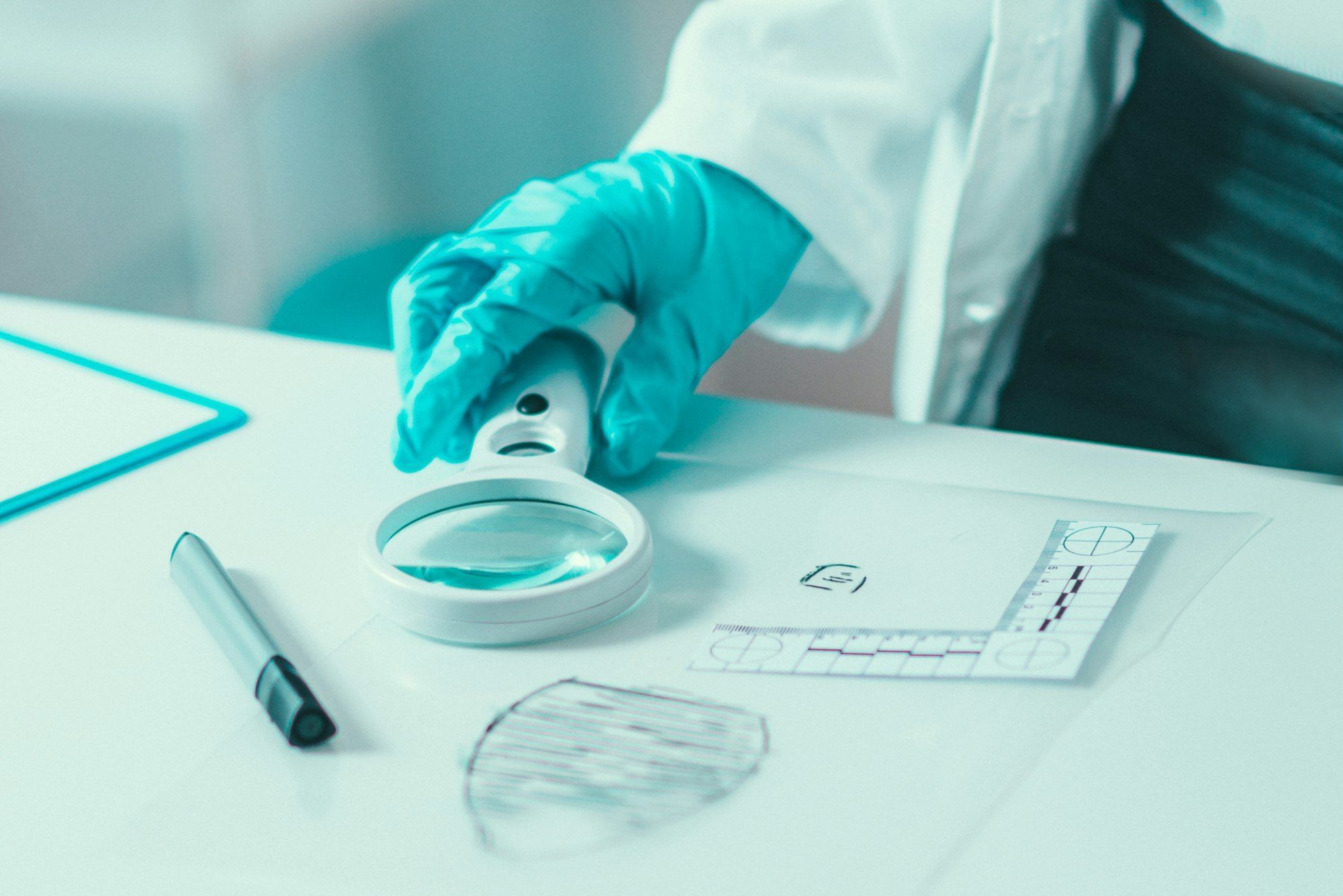Forensic pathologists have an indispensable role in the justice system. Their detailed investigations make a significant difference to the course and outcome of criminal investigations. One key aspect they must frequently determine is the exact time of death, a factor that often proves crucial in resolving cases. However, this task becomes exponentially more challenging when deaths occur in environmental extremes. In this article, we’ll explore the ways in which forensic pathologists in the UK can improve the accuracy of determining the time of death under such conditions.
Scaling the Challenges of Environmental Extremes
Environmental extremes represent one of the most challenging parameters that can significantly influence post-mortem changes, thereby affecting the estimation of the time of death. Understanding these challenges is an initial step in improving the accuracy of this crucial aspect of forensic pathology.
Also to discover : Can UK cardiologists integrate wearable technology to monitor heart failure patients remotely?
Extreme conditions can range from scorching heat and humidity to freezing temperatures, or even underwater environments. These extreme conditions can either accelerate or slow down the decomposition process, making it more difficult to accurately establish the time of death. The lack of a universal standard to calculate the effect of such environmental factors on the body after death adds another layer of complexity to this issue.
For instance, sub-zero temperatures can lead to a state of natural preservation, slowing decomposition and masking regular post-mortem changes. Conversely, in high temperatures and humidity, decomposition accelerates, obscuring the usual markers forensic pathologists rely upon.
In parallel : What novel psychotherapy techniques are UK psychologists utilizing for treatment-resistant depression?
Enhancing Analytical Precision in Extreme Conditions
Given the challenges presented by environmental extremes, how can forensic pathologists enhance their precision in determining the time of death?
Firstly, continuous education plays a pivotal role in this context. Forensic pathologists need to stay abreast of the latest research and methodologies proposed to compensate for the influence of environmental extremes. This includes understanding the effects of different environmental conditions on the body after death and the rate of post-mortem changes under such conditions.
Furthermore, the creation of extensive databases containing various case studies and their outcomes can offer valuable insights. These can be used as references for similar future cases, allowing pathologists to spot patterns and learn from previous cases.
Leveraging Technological Advancements
Technology provides many opportunities for improving the accuracy of determining the time of death in environmental extremes. Leveraging these advancements can significantly augment the precision of forensic pathology.
Advanced imaging techniques, such as post-mortem computer tomography (PMCT) and post-mortem magnetic resonance imaging (PMMRI), can offer in-depth, three-dimensional views of the corpse, revealing information that may not be obvious during a traditional autopsy. This can be particularly useful in cases where environmental extremes have masked usual post-mortem changes.
Moreover, technology can assist in overcoming some of the limitations of traditional methods. For example, the use of computer algorithms can help in calculating a more precise time of death by factoring in details such as body temperature, weight, and the conditions of the environment where the body was found.
Interdisciplinary Collaboration
Forensic pathology doesn’t operate in a vacuum. It’s part of a broader system of forensic sciences, and fostering collaborations with other disciplines can significantly improve the accuracy of determining the time of death in environmental extremes.
By integrating knowledge from fields like entomology, anthropology, and taphonomy, a more comprehensive picture can be formed of the circumstances surrounding death. For instance, forensic entomology studies the insects present at a death scene and can provide clues about the time of death, especially in outdoor environments. Similarly, forensic anthropologists can provide insights into the effect of environmental conditions on human remains over time.
Implementing Rigorous Protocols
Finally, the introduction and enforcement of rigorous protocols can help manage the many variables presented by environmental extremes.
These protocols should include meticulous scene-of-crime procedures, thorough documentation, and precise body examination standards. Moreover, they should consider specifics for different environmental conditions, essentially creating a guidebook that forensic pathologists can refer to when dealing with extreme conditions.
By implementing these measures – continuous education, the promotion of interdisciplinary collaboration, the leverage of technology, and the enforcement of rigorous protocols – forensic pathologists in the UK can significantly improve the accuracy of determining the time of death in environmental extremes. This process, in turn, can contribute to the more effective delivery of justice.
Ongoing Research and Innovation
Advancements in science and technology offer several opportunities to improve the accuracy of determining time of death in extreme conditions. It is therefore vital for forensic pathologists to stay updated with these developments.
As we move further into the digital age, innovative technologies including artificial intelligence and machine learning are increasingly being used in the field of forensic pathology. These technologies offer promising potential to assist in determining time of death, particularly in challenging environmental extremes. Machine learning algorithms can analyse vast amounts of data rapidly and accurately, providing insights into post-mortem changes under various environmental conditions. These technologies could potentially, in the future, replace traditional methods of determining time of death, increasing accuracy and efficiency.
In addition to technological advancements, ongoing research into the effects of environmental extremes on the human body post-mortem is crucial. This research can provide valuable insights into how various factors, such as temperature, humidity, and water pressure, influence decomposition and other post-mortem changes. It is essential for forensic pathologists to stay informed about the latest findings in this field and consider these when determining time of death.
Moreover, research into novel methods of determining time of death is also important. For instance, a recent study suggested the use of biochemical markers in the eye as a potential method to determine time of death. These markers, which change predictably after death, could potentially provide a more accurate estimation of time of death, even in extreme conditions.
Future Implications and Conclusion
The role of forensic pathologists in the justice system is vital. Their ability to accurately determine the time of death can greatly influence the outcome of criminal investigations. However, when deaths occur in environmental extremes, determining the exact time of death becomes an uphill task.
The implementation of advanced technologies, interdisciplinary collaborations, ongoing research and innovation, enforcement of rigorous protocols, and continuous education can significantly enhance the accuracy of time of death determination in the UK and globally. Effective use of these resources will not only aid in improving the precision of time of death estimation but also contribute to the overall enhancement of the justice system.
Forensic pathologists should be encouraged to adapt to these changes and advancements, and make the most of the available resources. The responsibility lies not only with the forensic pathologists but also with the institutions that train them. These institutions need to ensure their curriculum stays updated with the latest advancements in the field.
In conclusion, the accuracy of determining time of death in environmental extremes can be improved. But it requires the combined efforts of the forensic pathology community, law enforcement agencies, and educational institutions. By embracing new methodologies, technologies and fostering interdisciplinary collaborations, we can make significant strides towards improving the accuracy of time of death determination in environmental extremes. This, in turn, can lead to more effective and just outcomes in the criminal justice system.











